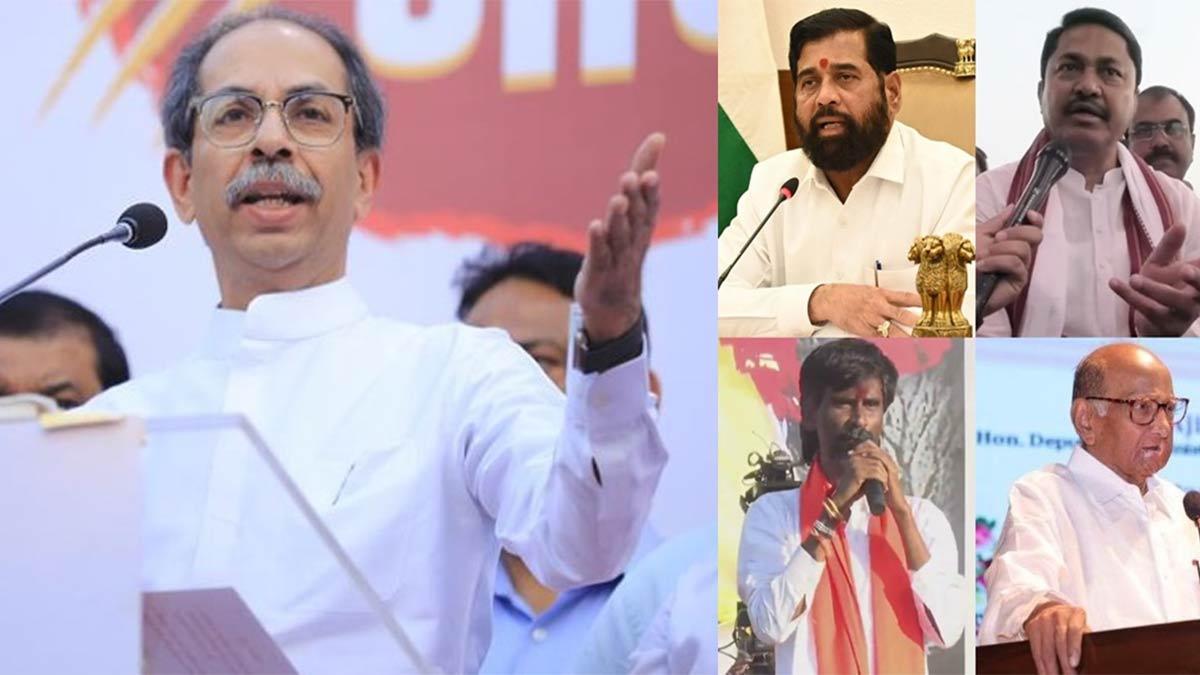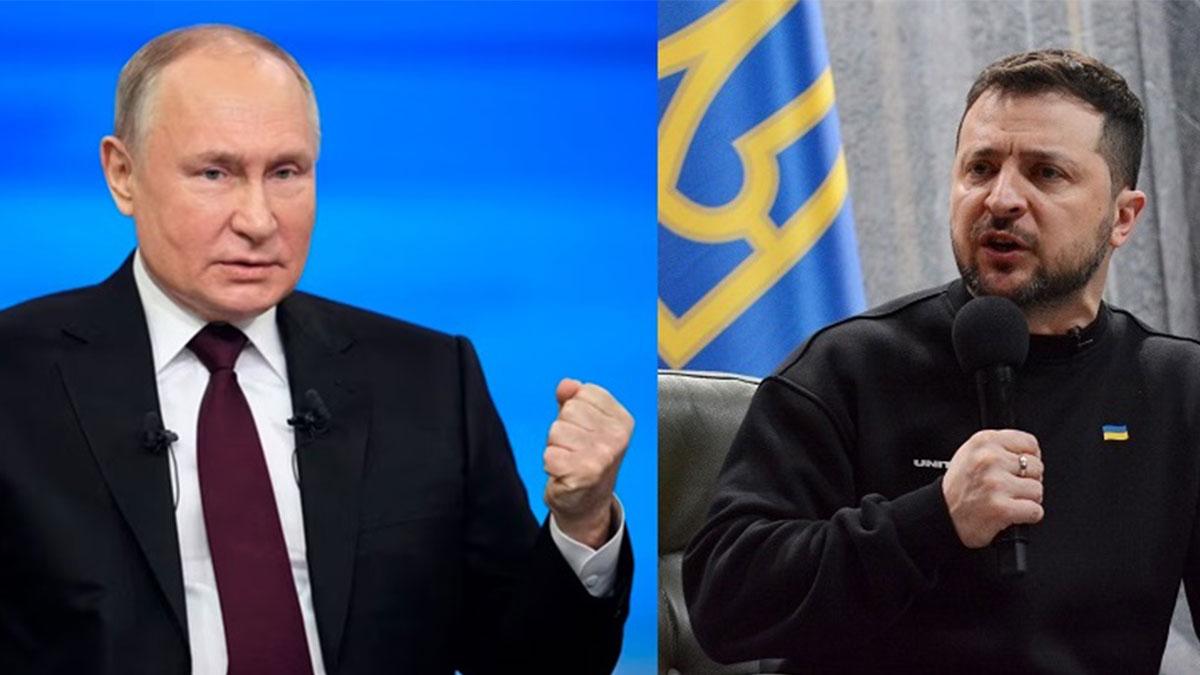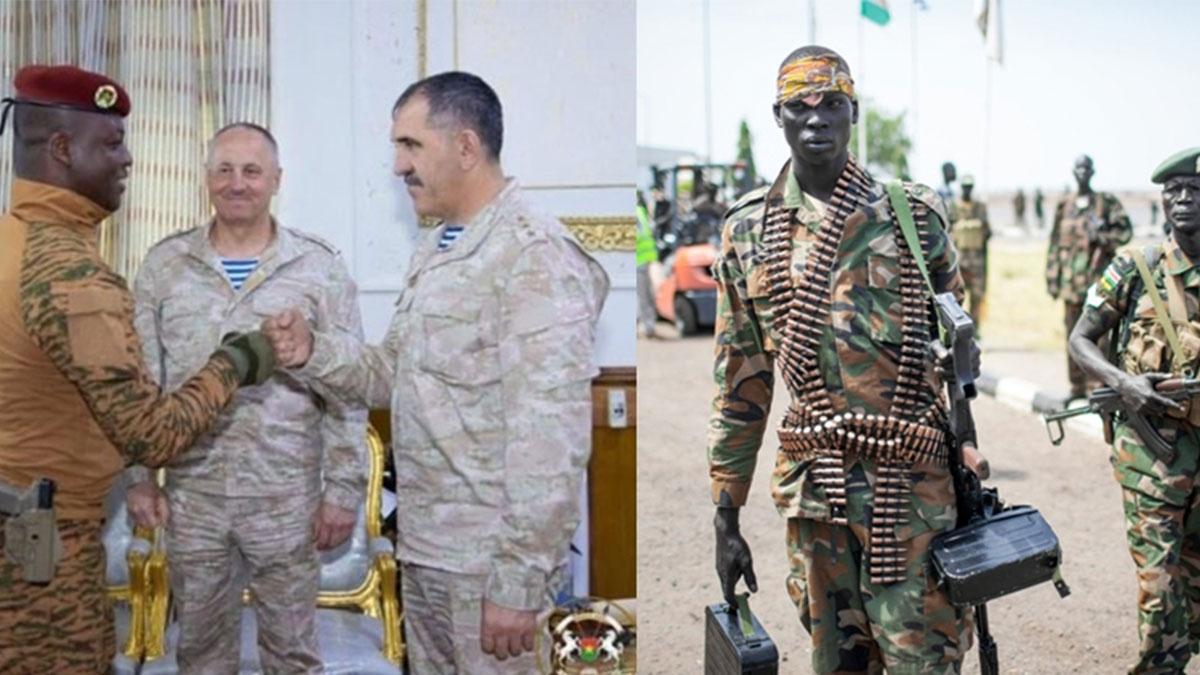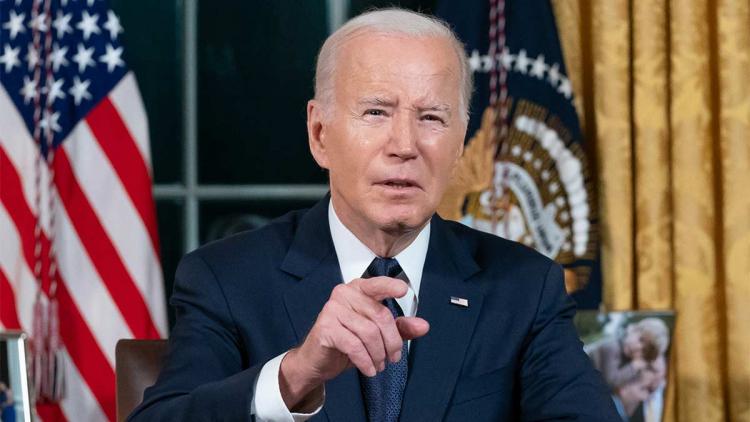Just like then Australian prime minister Kein Rudd didn't want to antagonise China, and hence pulled out of the quad in 2008, India too had been treading carefully in matters involving the Chinese
India recently announced that Australia will take part in the crucial Malabar naval exercise, thus bringing all four member nations of the "Quadrilateral Initiative" also referred to as the "Quad" back together for a major show of power after a gap of 13 years.
Australia's inclusion into the exercise comes at a time when the India is involved in a border row with China and two weeks after the foreign ministers of the Quad held extensive talks in Tokyo with a focus on enhancing their cooperation in the Indo-Pacific, a region that has been witnessing increasing Chinese military assertiveness.
As Australia's foreign minister Marise Payne recently pointed out, the decision to include Australia into the crucial exercise, therefore, not only a sign of growing cooperation between the Quad countries in safeguarding the openness of the Indo-Pacific and maritime security.
But most important, the decision marks an important change in course in India-Australia ties and India-China ties. India's decision to include Australia is not only another proof of the growing closeness of ties between New Delhi and Canberra, but also marks the end of any inhibitions India, as well as Australia, might have had in seeking alliances that pit them directly against China.
To understand how this change in attitude come about, it's important to look into what the Malabar exercise is about.
The Malabar exercise is a naval exercise that started in 1992 as naval drill involving the Indian and American navies. The exercise was suspended in 1998 after India conducted nuclear tests, but resumed as an annual affair in 2002 after India joined the US' efforts against global terrorism. The year 2007 was crucial was crucial point in the history of Malabar exercise, as it was expanded to include Japan, Australia and Singapore.
In September 2007, ships, aircraft and submarines of the five countries gathered at the Bay of Bengal to participate in a joint naval exercise. This was the first time the US, Australia, Japan and India had come together since the grouping was formed in May 2016 in Manila.
China opposed the grouping and the exercise, and even issued a demarche. Defence experts termed the grouping a "democratic coalition" formed to "contain rising Chinese power". According to a BBC report, the four members, however, denied these claims, calling the grouping a "strategic partnership" formed with an aim to maintain regional security, and was not "targeting any particular power".
The reality on the ground, however, was different. In the months leading to the Malabar exercise, there were "a flurry of senior-level exchanges" between the quad nations, reports said. While Australia sent its naval commander to India to discuss the "mechanics of collaboration and the details of the exercises", then Japan prime minister Shinzo Abe arrived in New Delhi with offers of economic and commercial assistance. In exchange, according to BBC, Abe wanted New Delhi to join hands with Tokyo to anchor "an Asian arc of freedom stretching across the Indian and Pacific Oceans and providing a democratic bulwark — presumably against non-democratic powers".
However, soon after the 2007 Malabar exercise, Australia pulled out of the Quad, reportedly because it "excluded" China.
With the Quad no longer in business, Australia was dropped out of the 2008 Malabar exercise as well. The war games continued to expand in terms of scope of joint operations in subsequent years, but they remained restricted to India, the US and Japan, which joined the Malabar exercise as a permanent member in 2015.
In 2017, the Quad was revived, but India was not ready to welcome Australia into the Malabar exercise. This was despite the fact that by 2017, Indian and Australian navies were conducting separate bilateral military exercises.
In 2018, Japan began pressurising India to let Canberra join the crucial military exercises. But India continued its opposition, and snubbed Australia again rejecting its request for "observer status". Meanwhile, the navies of the two countries continued with their bilateral military exercises. In 2019, Indian and Australian navies again met for bilateral exercises, but not the Malabar exercise.
Finally, on Wednesday India confirmed Australia's participation with the Royal Australian Navy set to take part in the crucial naval exercise after a gap of 13 years.
So, what changed?
In 2008, the new Australian prime minister Kevin Rudd had pulled out of the Quad because the grouping excluded China. What that meant is Rudd didn't want to antagonise China, and in the process, hurt economic relations with Beijing — with whom Canberra largely had no qualms at the time.
Trade with China, however, has suffered greatly recently. Especially after Australia demanded a global inquiry into the spread of the novel coronavirus. China has responded to Australia's demand for inquiry by halting imports of Australian wine, beef and most recently barley.
According to an article in The Diplomat, after Australia exited the Quad in 2007, India had been wary that Canberra may do it again. Part reason for India's suspicion were also due to the fact that unlike Japan and India, which are involved in territorial disputes with China, Australia had no such reason to oppose China. But that was before China became assertive in the South China Sea. This assertiveness has continued even as the world battles the COVID-19 pandemic.
"As a continent that creates part of the divide between the Indian and Pacific oceans, Australia is inherently invested in the security of the region," writes The Diplomat.
Besides, reports of China's meddling into Australian politics, the Hong Kong anti-extradition bill protests, and reports of human rights abuses of Uighur Muslims have further increased negativity in Australia. China's handling of information with regards to the COVID-19 pandemic has further increased this negativity towards Beijing.
From an India point of view, it's important to highlight that the period between 2014 and up until the Ladakh standoff in June 2020, has been one of heightened meetings between leaders of India and China.
Just like Rudd didn't want to antagonise China, the Narendra Modi government too has been treading carefully in matters involving the Chinese keeping the channels for talk open. Modi had met Chinese president Xi Jinping even in the aftermath of the Doka La standoff in 2017.
In fact, India had resisted efforts from Japan and Australia to include the latter into the Malabar exercise between 2017 and 2019 so as not to antagonise China.
The current stalemate in the Ladakh standoff and the deaths of 20 soldiers in June, however, has shrunk the ground for India to maintain any inhibitions or follow the route of diplomacy.
Welcoming Australia back into the Malabar exercise is a crucial step in shedding whatever inhibitions India might have had with regards to the quad or building a military alliance.


















